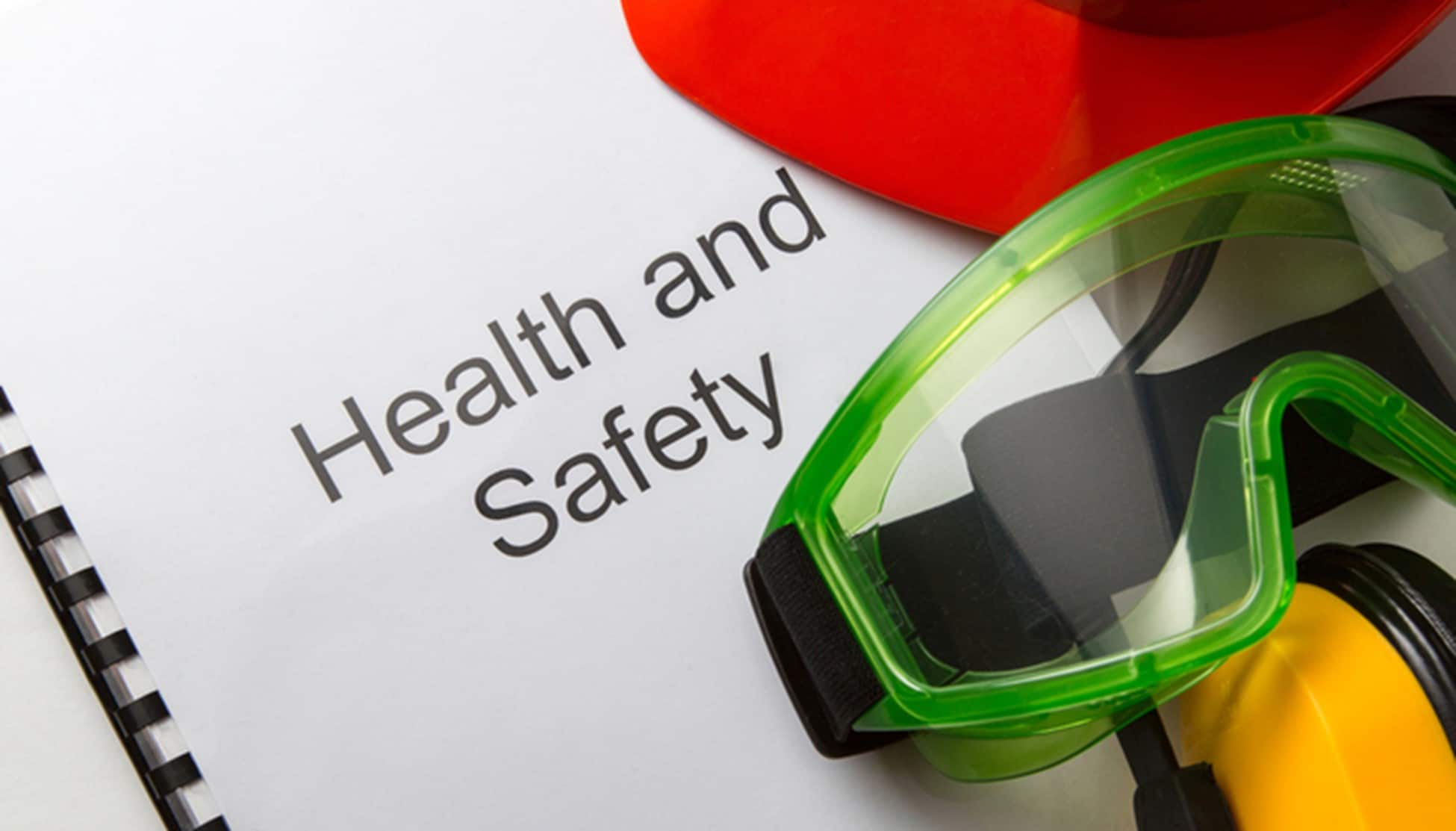
Every year across the world, approximately two million people lose their lives due to occupational accidents and work-related diseases. A rough estimate is that 270 million work accidents occur globally every year, endangering employees’ well-being and disrupting the workplace. With statistics like these, one poses the question of what role does employee safety play in risk management?
The numbers above are one of the main reasons why employee safety is a crucial part of every business and its risk management systems. Regardless of the industry they’re working in, every worker has the right to be safe in the workplace.
The responsibility to ensure workplace safety and health mainly falls on employers. They are tasked with performing regular risk assessments, provide safety training, and introducing safe work practices. Failure to comply with these occupation safety and health regulations is punishable by law.
This post aims to establish the significance of employee health and safety in the context of risk management and why a company should prioritize their workers’ well-being above all else.
What is risk management?
In the broadest sense of the word, risk management is the process of identifying, analyzing, and controlling threats to a company’s operations and profitability. These threats are called risks, and they come in all sorts of forms: legal liability, financial uncertainty, data-related risks, errors of strategic management, accidents, natural disasters, and more. Anything that might jeopardize your organization’s earnings is considered a risk.
At the first stage of risk management, all possible risks should be identified, assessed, and prioritized based on their importance. If a risk is great – if it leads to a severe consequence – it is the company owner’s responsibility to mitigate the risk immediately.
Risk mitigation can be one of the following:
- Avoiding risk – The best approach would be to eliminate hazards. However, since this is not always possible, the next best thing would be to avoid overall risk. A risk avoidance strategy consists of avoiding compromising events and situations to prevent negative consequences.
- Reducing risk – If avoiding risk is not an option, the next strategy would be to minimize the risk or lessen the consequences caused by it. Altering project plans, company processes, or reducing the project’s scope could lead to reduced risk.
- Sharing risk – One or more people can share the consequences of a risk. These can be different business departments or project participants. Even a third party can share the risk, such as a business partner or a supplier. That way, no one organization would feel the full damaging effects of a risk.
- Retaining risk – Finally, a company may even decide to leave the risk alone in some cases. This is usually in situations where anticipated profit or benefit is greater than the consequences of said risk.
A crucial factor in risk management is worker safety. Employee health and safety management should be a top priority for every workplace, whether it is a factory floor or an open-plan office. Without an effective health and safety program for all employees, a business cannot hope to pass safety inspections and thus cannot remain operational for long.
Why Workplace Safety is Important
- Increasing employee loyalty
A lack of proper safety management systems will make your employees feel unappreciated. Suppose you don’t organize regular safety training. In that case, if you allow beginner employees to handle heavy machinery without instructions and don’t regularly perform risk assessments, your workers will get the impression that your company doesn’t care about their contributions or even lives.
As a result, they will seek another job elsewhere, in companies that pay more attention to occupational safety. Increasing employee safety also increases employee loyalty. When employees feel secure and protected, they will be more likely to continue working for you. They might even spread the good word about how they can safely perform their jobs without worrying about their health.
- Protecting business finances
The Occupational Safety and Health Act (OSHA) provides a series of guidelines employers must follow to create a safe work environment. Failure to comply with these guidelines will result in legal and financial trouble. Employees will be within their rights to sue the company over an unmitigated workplace hazard or a workplace injury.
Making sure that your business is compliant with all OSHA standards does require a certain financial investment. However, this investment is worth it in the long run, as it will spare you the legal and punitive expenses if you’re suddenly faced with a lawsuit.
Lastly, taking care of your employee’s health will help you avoid higher insurance premiums for them.
- Increasing productivity
An injured or ill employee cannot work. If a risk causes workflow disruption and potential equipment damage, production needs to be stopped. All this adds to a drastic decrease in productivity. By the time you find a replacement worker or fix the equipment damages, you will lose perhaps even several days of operation.
Moreover, employees who feel good in their work environment and aren’t concerned about their safety and health tend to work more. This isn’t true only for workers in blue-collar jobs. Office workers can also suffer health issues from sitting at their desks for long periods of time. If you provide them with the right seating and ergonomic equipment and encourage them to take breaks to stretch their legs, they will be happier and more productive.
- Improving business reputation
Finally, a company that neglects the safety of its employees quickly gains a negative reputation. This can be through word of mouth – workers complaining about the company to others, who then spread the news – but it can also be online.
Receiving multiple negative reviews on relevant business evaluation sites can be tough to recover from. Nowadays, most new employees search for job openings and companies online, and they rely on critical information from these reviews to form an opinion on the workplace. If all they see are complaints about poor job safety, they won’t be motivated to apply for a job at your company.
Types of Risks in the Workplace
Safety professionals divide occupational risks (accidental death, injuries, and illnesses that occur as a direct result of a workplace hazard) into six different categories:
- Safety hazards – Spills, falls, trips, moving or unguarded machinery, confined spaces, electrical hazards, etc.
- Biological hazards – Viruses, bacteria, and fungi that can cause infectious diseases, toxic plants, molds, etc.
- Ergonomic hazards – Awkward sitting postures, repetitive motions, pushing, bending, pulling, heavy lifting, etc.
- Physical hazards – High heat, loud noise, sources of radiation, etc.
- Chemical hazards – Toxic chemicals
- Psychosocial hazards – Too many work hours in a week, workplace violence, harassment, etc.
Your safety and health program needs to encompass all hazards, with some hazards prioritized depending on your work type. For example, if your workers are dealing with toxic chemicals, chemical hazards would be your primary focus. If your employees spend their work hours in front of computers, ergonomic hazards are the biggest threat to their health and wellness.
Don’t neglect the importance of psychosocial hazards or taking care of your worker’s mental health. The psychosocial aspect is imperative in ensuring there is no workplace abuse or bullying that can lead to mental health issues down the line. Understanding employee needs in the workplace is key to assessing risk exposure and handling it effectively.
Employee Safety as a Priority
Risk management is essential to running any business. It is all about risk control, assessing risks, and minimizing their negative impact to protect your employees, your company, and your past and future profits. Without an effective risk management strategy designed to ensure employees perform their jobs safely, your business is vulnerable to a wide range of threats.
A big part of risk management is ensuring the health and safety of your employees. It doesn’t matter whether you’re in the construction, retail, IT, or healthcare industry – every single employee deserves to be protected from harm in the workplace.
Here are the main reasons why you should pay attention to workplace safety: safe employees are more productive and loyal to their employers; your company won’t suffer from significant financial losses from lawsuits, and it will have a stellar reputation as a business that truly appreciates its employees.
Depending on the type of industry you are in, do thorough research on workplace hazards and what you can do to mitigate them.
If all of this sounds like a lot of work – we’re not going to lie – it is. However, the good news is that you don’t have to do it alone. Here at SAFE, our company’s primary goal is to ensure the health and safety of employees in any environment. We would be more than happy to provide you with the necessary guidance on improving the health and safety practices in your company and, consequently, improving your risk management processes. Please email us at larry@safety4employers.com or give us a call at 775-843-8318.








